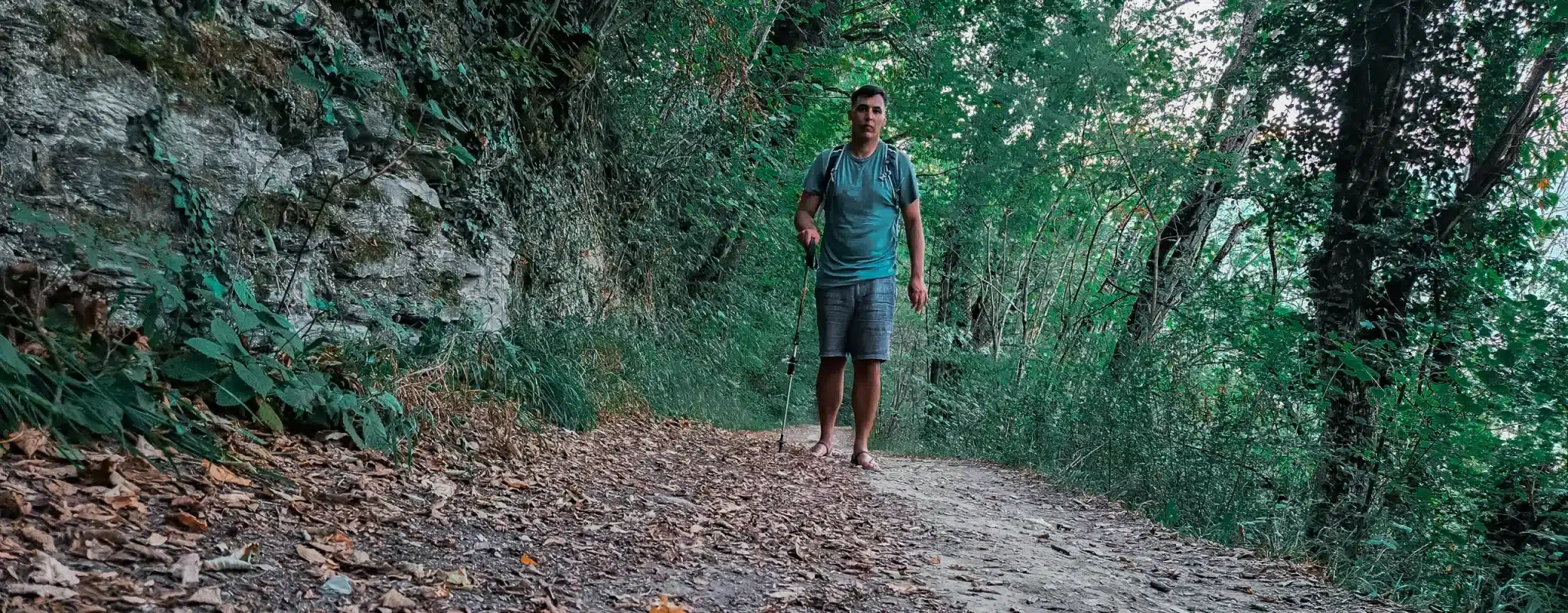Map of hot springs and thermal baths in France
- Nature Source Chaude
- Published on
- Updated on 11 July 2025
Since the beginning of time, people have been drawn to France’s hot springs, just as they have to hot springs in other places. People have always been drawn to places where hot, bubbling water gushes out of the earth, eager to enjoy its benefits.
Many of France’s thermal springs were popular with the Romans and possibly earlier populations too. Almost all of our spa resorts (Auvergne, Pyrenees, Alps, Vosges) were built on the sites of ancient Roman thermal baths, as evidenced by the numerous remains found there.
The magical thrill experienced by the Romans around these hot springs has gradually given way to a more and more sophisticated method of treatment. However, some of them still remain in places where everyone can discover the simple pleasure of bathing in a setting close to nature.
Where can you find hot springs in France?
An interactive map lists the thermal baths in France, making it easier for travellers to find them. These thermal baths, which have thermal springs, can be:
- free thermal baths, with or without facilities;
- paid thermal baths;
- a thermal cave;
- former thermal baths (closed or abandoned thermal baths).
From the golden age of thermalism to the present day
After 1850, France experienced a boom in the number of people attracted to hot springs, either to bathe in them or to drink the water. All the villages that had hot springs with an abundant flow of water were transformed into towns. The term ‘water towns’ was coined.
Their extraordinary growth was due to the development of the railways and the general increase in wealth. Having the necessary resources to undertake a cure was not enough; the journey also had to be bearable.
Within twenty years, railways had enabled thousands of people to flock to their chosen spa resorts, or at least to get close enough to make the journey more manageable. Dax was reached in 1854, Le Vernet in 1858, Plombières in 1860 and Vichy in 1862. For a spa town, the opening of a railway station was a significant event, and many had to wait a long time for this to happen. La Bourboule and Le Mont-Dore did not get a station until 1900, and Châtel-Guyon did not get one until 1912.
By around 1875, it was clear that the spa towns would become even more prosperous than they had been during the Second Empire. Many businesspeople believed that they could profit from exploiting the springs and selling mineral water. For around fifteen years, the country was gripped by a veritable spa craze.
The period from the Second Empire (1852–1870) to the Third Republic (1870–1940) was the golden age of thermalism. Consequently, most hot springs were exploited the end of the 19th century.
By 1914, there were between 100 and 130 spas in operation, compared to just 88 today. Plombières-les-Bains, a spa resort in the Vosges department, was the last to cease operations, definitively closing its thermal baths in 2025.
The health benefits of hot springs
For thousands of years, ancient civilisations around the world have recognised and appreciated the benefits of hot springs (in the form of thermal baths) and hot baths.
The high temperature of the water and its remarkable effectiveness make it a useful remedy regardless of its mineral composition. Read the article ‘The amazing health benefits of a hot bath‘ to find out more.
Thermal water is an effective treatment for many ailments when it comes into direct contact with the skin or mucous membranes (provided the thermal spring water has not been altered):
- Respiratory diseases. To find out more, I invite you to read the end of the article: How to Cleanse your Lungs with Simple, Natural Ways?
- Dermatological problems: acne, psoriasis, dermatitis, eczema, etc. can be effectively treated with thermal baths and showers.
- Gastrointestinal problems (when used as a drink).
It can also be useful in the treatment of rheumatism and bone diseases: hot springs rich in minerals, trace elements and organic substances are particularly effective in this type of disease.

Fabrice, delighted!
Welcome to my travel and well-being blog! As a hot spring enthusiast, I share my discoveries, favourites and advice so that you can experience the many benefits of hot springs for yourself and learn how to care for your body and mind in simple ways!
Recent articles
Ebook




